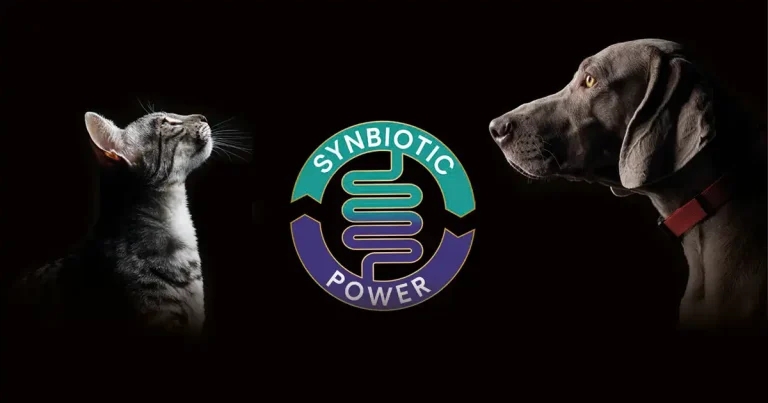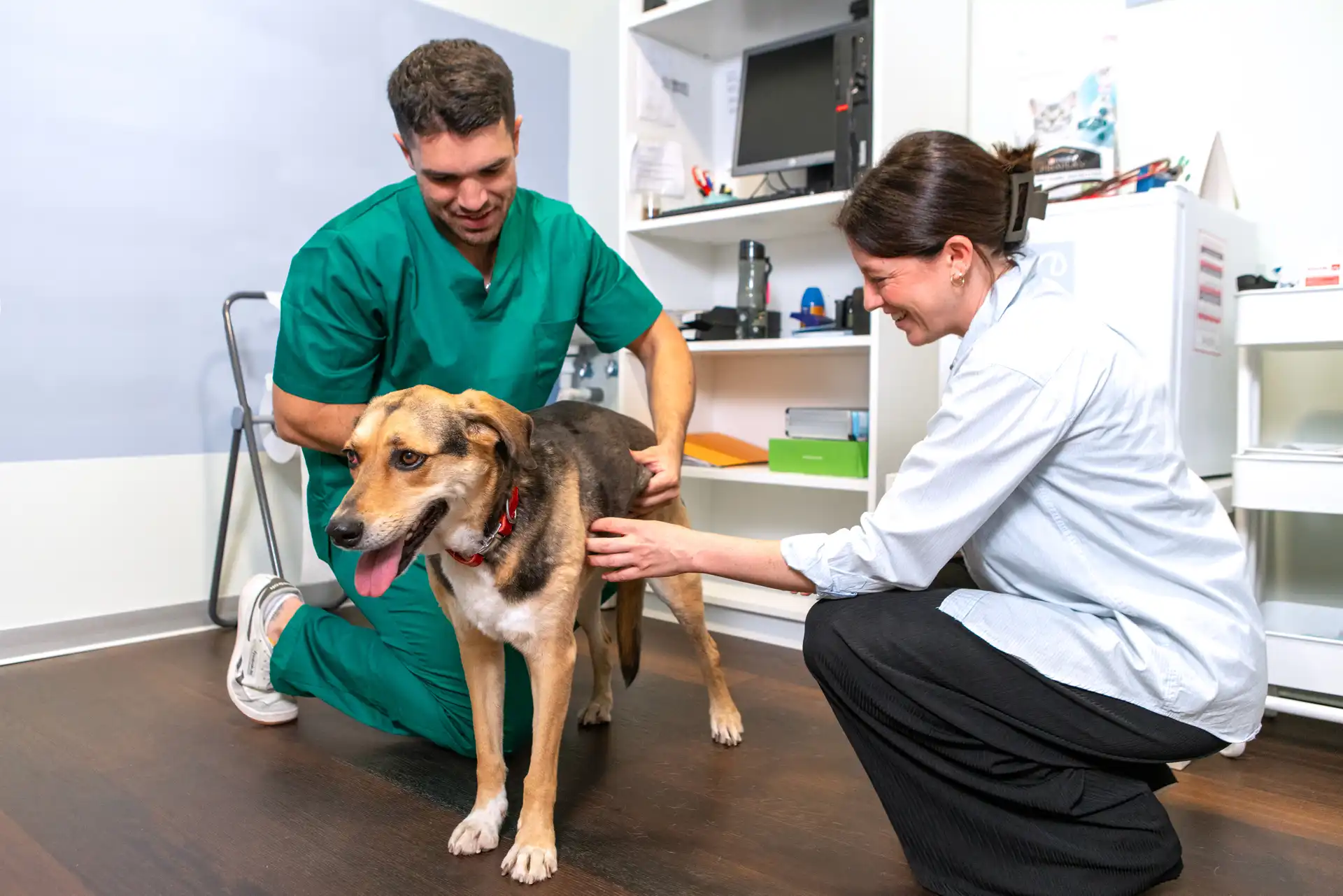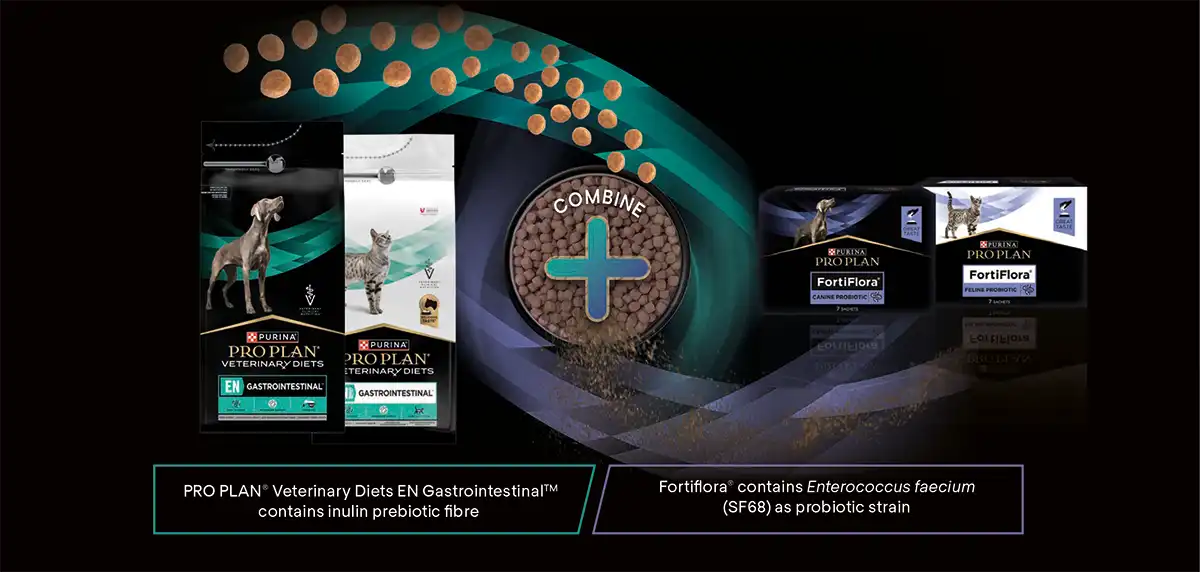08 September 2025
A look at disrupted digestion and what happens at gut level – and taking a synbiotic approach.

Appropriate early nutritional support is increasingly recognised as a key strategy in managing gastrointestinal (GI) conditions.
Although there are many causes of GI upset, they all disrupt digestion, affecting the breakdown and absorption of nutrients. This can lead to nutrient deficiencies, slowed recovery and impaired well-being1.

A highly digestible diet has been the main dietary strategy of GI conditions for many years. Highly digestible ingredients can help minimise nutrient malassimilation and reduce gut workload, preventing bacterial fermentation of unabsorbed nutrients and maintaining the mucosal barrier5,6. But it is increasingly appreciated that nutrition has much more to offer in restoring the gut to normal function.
Combining prebiotics and probiotics can create a beneficial synbiotic effect, with both the individual benefits of the prebiotic and probiotic, and complementary and/or synergistic effects together. The probiotic adds beneficial bacteria in a sufficient amount to provide a health benefit,9 while the prebiotic serves as a nondigestible food source for the probiotic10.
A synbiotic effect can promote a healthy gut microbiome with a high capacity to ferment prebiotic fibre, resulting in higher short-chain fatty acid production and greater microbial diversity, which benefits pets’ overall health10.

Pro Plan Veterinary Diets EN GastrointestinalTM contains inulin – a prebiotic fibre – and can be used in conjunction with FortiFlora®, which contains the probiotic Enterococcus faecium (SF68) to produce a synbiotic effect.
Pro Plan Veterinary Diets EN Gastrointestinal™ is also suitable as a limited fat diet for nutritional support of gastroenteritis, gastritis, colitis and exocrine pancreatic insufficiency.
FortiFlora® is suitable for cats and dogs of all ages and, as well as supporting intestinal balance and a healthy immune system, it can also act as a palatability enhancer.
Date: Tuesday 7 October 2025
Speaker: Dr Aarti Kathrani BVetMed (Hons), PhD, DACVIM
Title: Dietary fat sensitive disorders in dogs
Register here
Intestinal dysbiosis in dogs and cats: https://www.purinainstitute.com/centresquare/therapeutic-nutrition/intestinal-dysbiosis-in-dogs-and-cats
Food-Responsive Enteropathy (Diarrhoea) in Dogs
Managing the Gut Microbiome